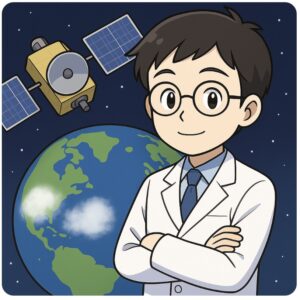The classroom becomes a universe! Making a DIY Cardboard Planetarium Dome
I’m Ken Kuwako, a science trainer. Every day is an experiment.
A Classroom Full of Stars! How to Make a DIY Cardboard Planetarium
Have you ever made a planetarium for a school festival? This time, I’d like to introduce a project our science club took on: creating a “cardboard planetarium dome.” Last year, our school festival theme was “earthquakes,” and we put together an interactive exhibit. For this year’s theme, one of the club members suggested, “I want to do a planetarium!”
So, we first went to see a real planetarium in Shibuya to learn how to present a starry sky and get a feel for the atmosphere. Afterward, the students researched “how to make one by hand” and discovered that JAXA’s official website had instructions for a cardboard planetarium dome. We immediately downloaded the blueprint and adjusted the scale to fit our classroom’s ceiling height. You can find it here.
https://www.kaguya.jaxa.jp/ja/document/DomeProject.htm
The website even has a small-scale model and paper patterns. How helpful!
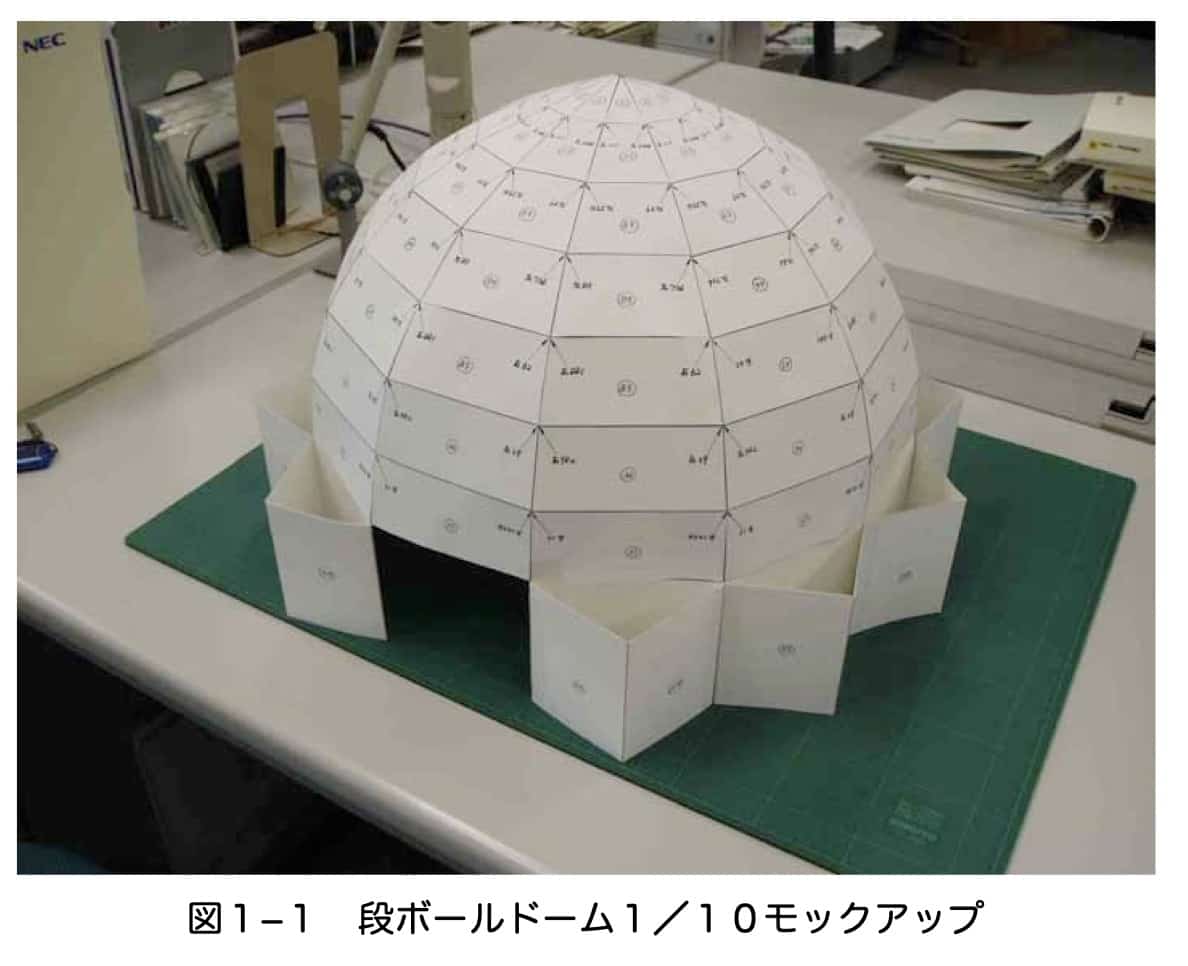
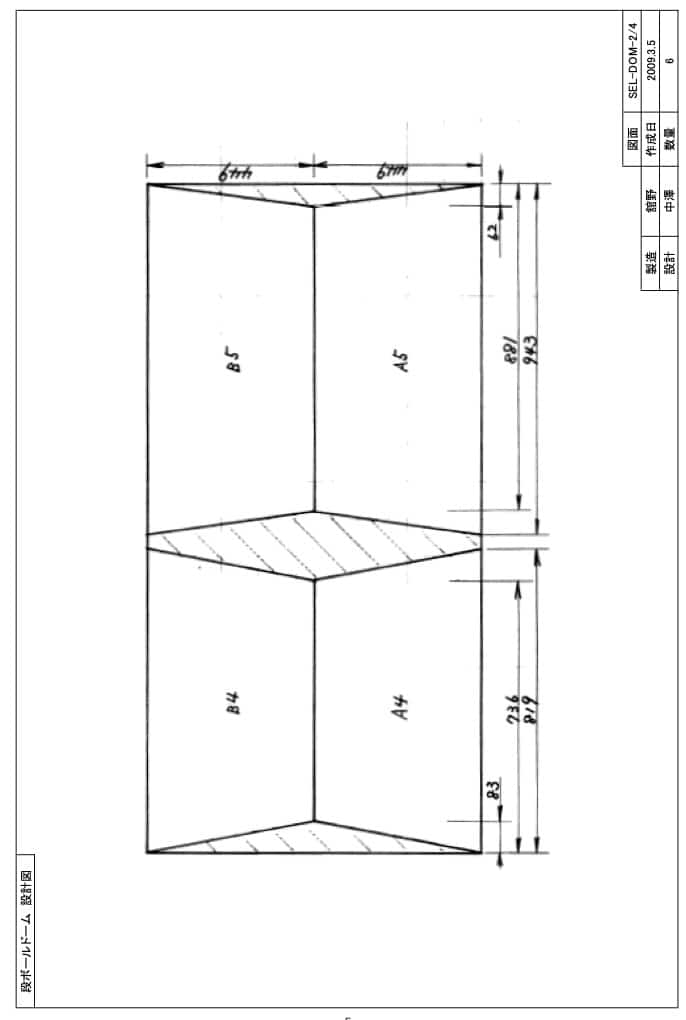
Students Take the Lead on Design and Construction
This is where the students really shined. With calculators in hand, they did the scale calculations and ordered cardboard with a white interior online. This was a clever trick to ensure the projected stars would show up beautifully on the inside. The cardboard cost about 15,000 yen, but ordering it pre-cut to the right sizes significantly improved our work efficiency. The students handled everything from design to procurement to assembly, and I only offered a little advice. This is how we completed a full-scale planetarium dome that covered half the classroom.
Materials & Tools:
• Cardboard (white interior, pre-cut to specified sizes)
• Box cutter, tape, adhesive
• Planetarium projector (like HOMESTAR)
• Laser pointer
• Calculator or PC for scale calculations
• Star chart reference materials (Winter constellations are perfect for an introduction)
Estimated time required:
• Design & Ordering: Approx. 2 days
• Assembly: Approx. 1 week (after-school basis)
• Commentary Prep: Approx. 1 week or more (script + practice)
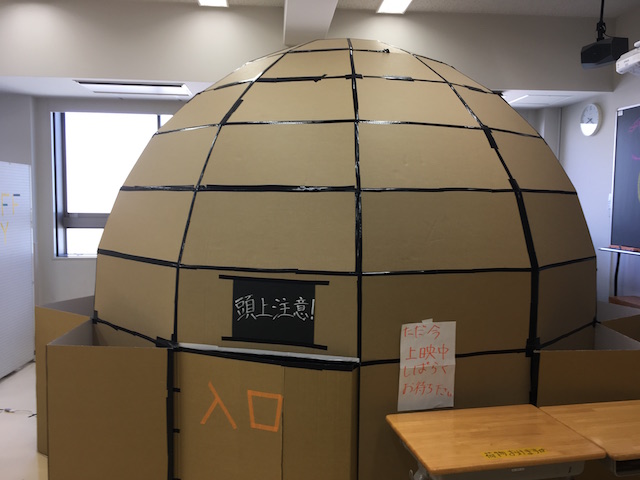
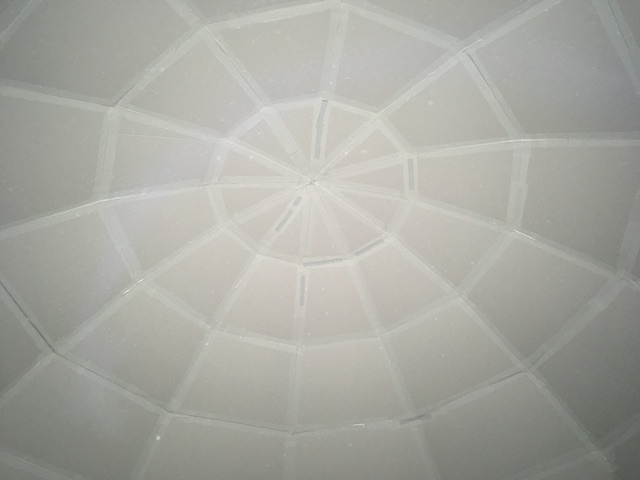
From DIY to Commercial Projector
Initially, we planned to build our own pinhole-style projector, but due to the tight schedule before the school festival, we decided to use a commercially available home planetarium called “HOMESTAR.” With this device, we could fill the entire classroom with a starry sky with just the flip of a switch. You can buy it on Amazon or Rakuten for around 15,000 yen. The sight of the stars appearing in the dark classroom made both adults and children gasp in awe.
The projector is available on Amazon here, and on Rakuten here.
|
|
Once we built it and turned on the projector, the entire room went dark and a starry sky appeared right before our eyes!

Commentary by the Students! Using a Laser Pointer to Trace Constellations
The star commentary was a 5-minute mini-lecture on winter constellations. It was so impressive to see the students create their own scripts and use a laser pointer to clearly show the shapes of the constellations as they spoke. This technique was an application of something we learned on a star-gazing tour in Okinawa, and it works just like it would in the real night sky.
A Project Well Worth It! The Exhibit’s Appeal and Adaptability
The exhibit was a huge hit with visiting parents and elementary school students, and we got many comments like, “I can’t believe you can see so many stars in a classroom!” A great thing about this project is that once you’ve built it, you can use it every year. And if you get the hang of storing and assembling it, it’s easy to reuse. In another corner of the exhibit, we also had an interactive quiz called “Which planet floats on water?” where visitors could actually float model planets to check, making it another hands-on science exhibit.
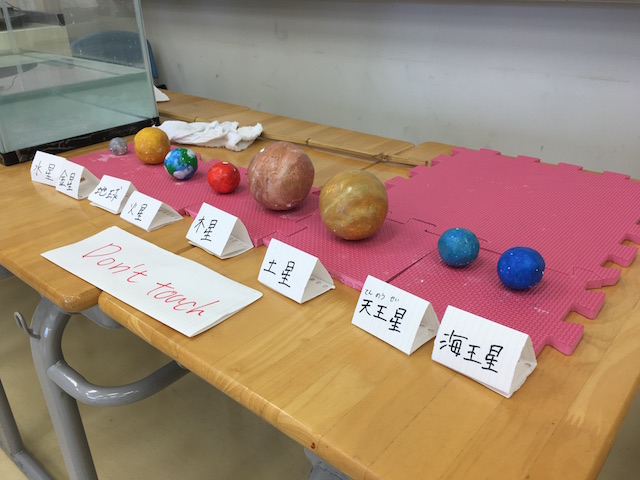
How about making your own planetarium projector next?
Contact & Requests
Get closer to the wonders and fun of science! I’ve put together easy-to-understand summaries of fun science experiments you can do at home and tips for them. Feel free to search around!
・About the operator, Ken Kuwako: here
・For various requests (writing, lectures, science workshops, TV supervision, appearances, etc.): here
・Updates on new articles are available on X!
![]() The Science Channel is streaming experiment videos!
The Science Channel is streaming experiment videos!

![[商品価格に関しましては、リンクが作成された時点と現時点で情報が変更されている場合がございます。] [商品価格に関しましては、リンクが作成された時点と現時点で情報が変更されている場合がございます。]](https://hbb.afl.rakuten.co.jp/hgb/28de8cd6.4395f2f2.28de8cd7.a2f1c2fb/?me_id=1398147&item_id=10006133&pc=https%3A%2F%2Fthumbnail.image.rakuten.co.jp%2F%400_mall%2Fmk-online10%2Fcabinet%2F8%2F1377402-image1.jpg%3F_ex%3D240x240&s=240x240&t=picttext)

